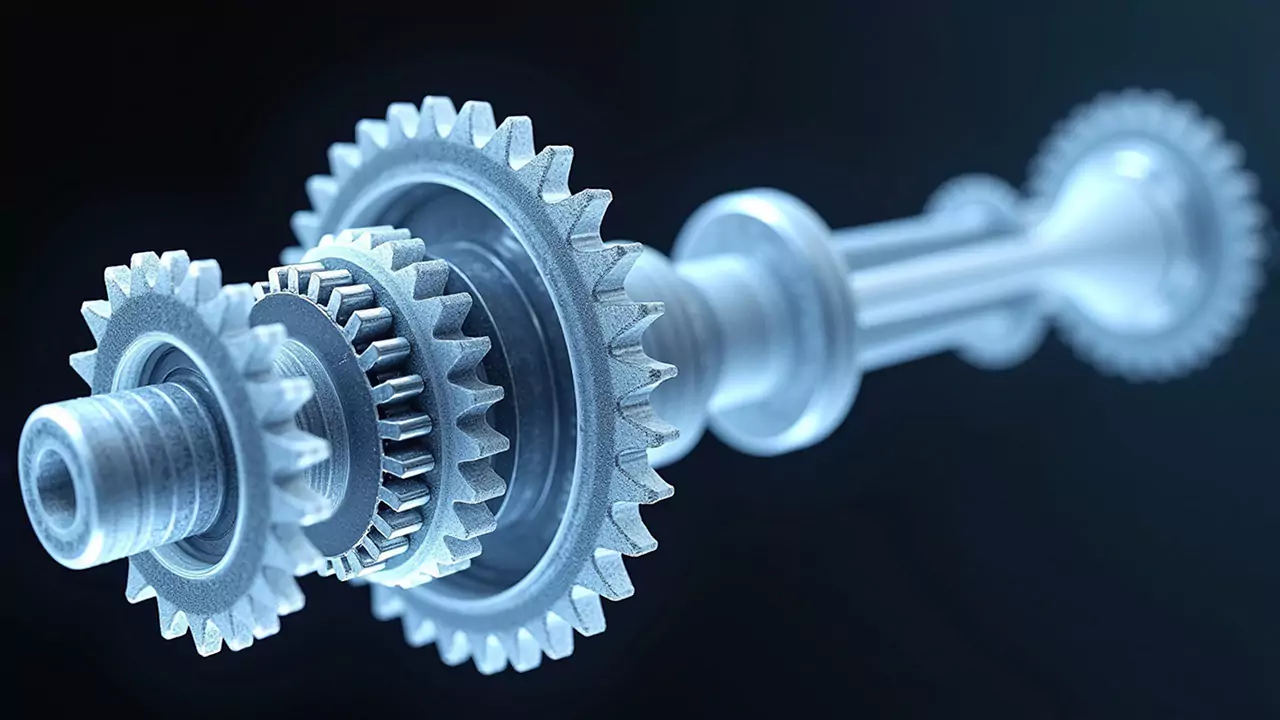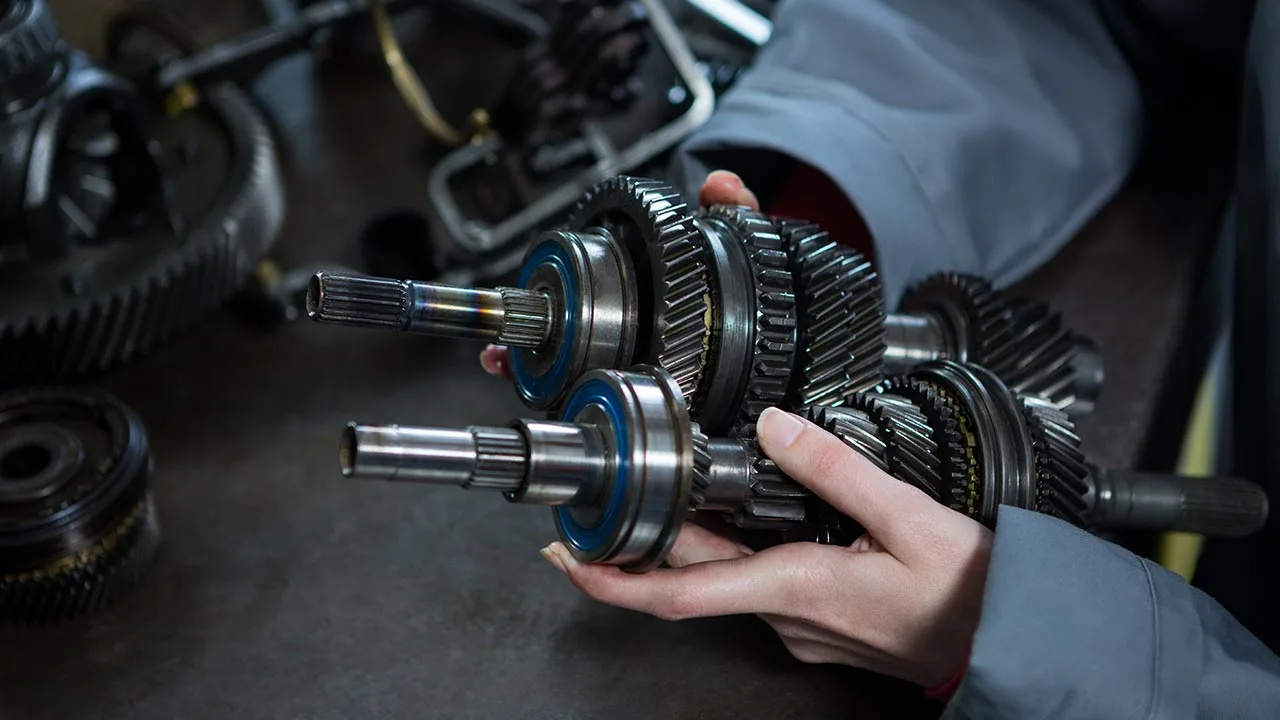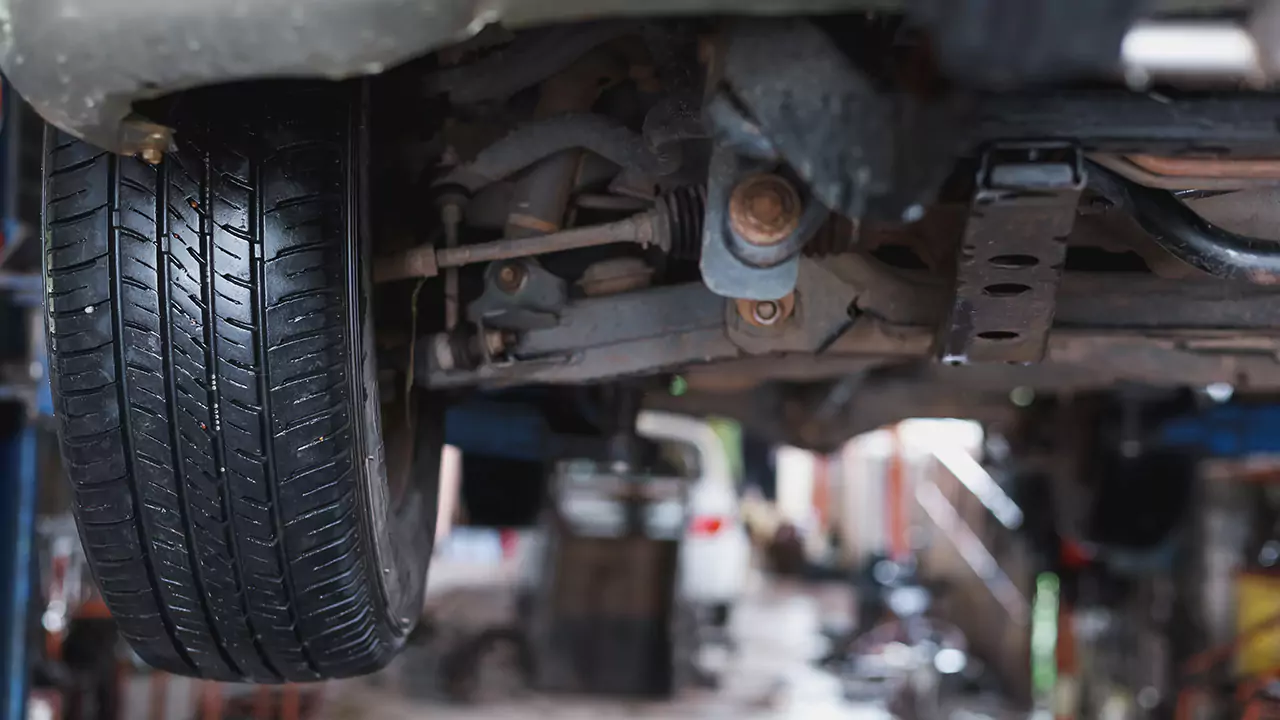Car axles are among the most critical yet often underappreciated components in automotive engineering. Ever wondered who dreamed up the axle way back when? The history of axles is about 5,500 years old, but it is still unknown who invented the axle. The humble axle has transformed from a simple support structure into a highly sophisticated element integral to modern vehicle performance.
Not only do axles bear the weight of the vehicle, but they also serve as the conduit for power transfer from the engine to the wheels, ensuring stability and precise handling. A relatively recent research has demonstrated that innovative axle designs play a pivotal role in enhancing vehicle safety, durability, and energy efficiency by optimizing weight distribution and reducing mechanical wear. But exactly what is an axle on a car? Let’s discuss that in detail:

What is a car axle?
An axle is a bar or rod on which two wheels are fixed and rotate around it to transmit power from the engines to the wheels in order to provide the movement. When the engine applies force on the axle, the latter spins and, therefore, rotates the wheels to enable movement of a car forward.
How many axles on a car?
Quick quiz: Does a car have 2 or 4 axles? The number of axles in a car largely depends on the type of automobile and its dimensions. The machines most frequently have two axles, which cause the wheel to rotate. Some vehicles may have even more such as buses since they possess more axles than small cars. As for the number of axles, it is necessary to count the pairs of tires of a given vehicle. For most automobile vehicles, four wheels are grouped in pairs with each constituting an axle. Why does it matter? Well, knowing this can help you spot issues early, like if one axle’s acting up and messing with your handling.
What does an axle do on a car?
Axles consist of drive shafts and support members that transmit rotational power and torque from the drivetrain and transmission to wheels, which in turn propel the car forward. The torque distribution follows the drive type distribution, which maybe front wheel drive, rear wheel drive or the all wheel drive. In rear-wheel drive, the rear axle turns the rear wheels and in front-wheel drive the front axle drives the front wheels. All-wheel-drive vehicles refer to automobiles that provide power to the four wheels since they supply torque each the axles to provide better tractions.
Ever thought, “Why can’t wheels just spin at the same speed?” We’ll hit that in the FAQs, but spoiler: it’d make turning a nightmare!
Almost every axle has a differential, which enables wheels on the opposite side to rotate at different speeds so as to prevent slippage and to increase stability during a turn.
Functions of Car Axles
- Transmit Engine Torque: Axles are components that connect the engine with wheels: in other words, they allow a car to move.
- Allow Wheel Speed Differences: Axles, with the help of the differential, enable wheels to rotate at different speeds during turns, enhancing stability and grip.
- Bear Vehicle Weight: Axles support the car’s body, chassis, passengers, and cargo, withstanding significant static and dynamic loads.
- Absorb Driveline Stresses: Axles handle torque stresses from acceleration and braking, with support bearings ensuring smooth operation.
- House Bearings and Seals: Axles have bearings and seals to keep out dirt and water, ensuring smooth operation and longevity.
- Provide Brake and Wheel Mounts: Axles also provide satisfactory points of connection for the wheel hubs and brakes.
- Maintain Wheel Alignment: Axles, along with the suspension system, play a crucial role in maintaining proper wheel alignment, which is essential for tire wear, handling, and safety.
Types of Car Axles

How many axles on a car we find? Mainly just two. Most cars utilize a two-axle design, but variations exist, particularly in specialized vehicles. For instance, some three-wheeled cars employ unique axle configurations to accommodate their design.
- Dead Axle: Provides support to weight but does not revolve along with the wheels as the axles do.
- Live Axle: Connected to the wheels and propels them, often with a constant velocity (CV) joint. Live axles get love from trucks and old-school cars. Tough as nails, they handle rocky roads great. A solid beam keeps wheels straight, but bumps? Kind of jarring ride. Tip for you: these axles rock off-road, carrying big loads no problem.
- Constant Velocity (CV) Axles: CV axles are super cool for front-wheel or all-wheel drive cars. They got bendy joints—called constant velocity joints—that push power smooth, even when wheels turn or hop. Flexible and chill, they cut shakes and wear, but check those rubber boots! Cracks let grease leak and dirt creep in, costing big bucks to fix.
Why’s my car axle busted? (Plus, how to keep it from happening again)

Ugh, a broken axle ruins your road trip—it’s like your car just noped out. Wondering what went wrong? Tons of folks deal with this, but knowing why helps save cash and stress. Studies show over 60% of axle breaks in big rigs come from fatigue cracks, and regular cars aren’t much different if you skip care. Here’s four big reasons why, backed by facts:
- Wear and tear hits hard. Twisting and turning all the time grinds axles down. Engineering Failure Analysis says fatigue’s one of the top reasons for breaks in spinning parts like axles, especially after 100,000 miles with no checkups.
- Potholes are sneaky jerks. Those road craters can smash and crack axles. The National Motor Vehicle Crash Causation Survey says stuff like axle problems from bad roads causes about 2% of crashes yearly—small but risky!
- Skipping maintenance? Big oops. Ignore CV boot tears or skip oil changes, and dirt sneaks in while grease slips out. CiteSeerX research shows 8% of joint fails start with cracked boots, leading to total axle messes.
- Too much weight wrecks things. Overloading your car stresses axles big time. A 2023 IJRASET study says front axles carry 35-40% of car weight, and extra load can speed up rust and breaks by 50%.
Check your car regular, and you’ll skip the trouble. Axle’s done for? Let a pro fix it—DIY could make things worse!
What is an Axle on a Car – Frequently Asked Questions
It enables wheels to rotate with different speeds necessary for the stabilization during the turning of a corner.
If cars lacked a differential, the tires would slip and slide during turns due to the difference in distance traveled by the inner and outer wheels.
Some common causes include ordinary wear and tear, sharp potholes on the roads, bad bearings, or excessive load that may cause stress on the axles.
Common symptoms include loud clicking or clunking noises when turning, visible grease leaks near the wheels, excessive vibration while driving, and difficulty in steering. Noticing these signs demand inspection of the axle promptly to avoid safety risks or further damage.
